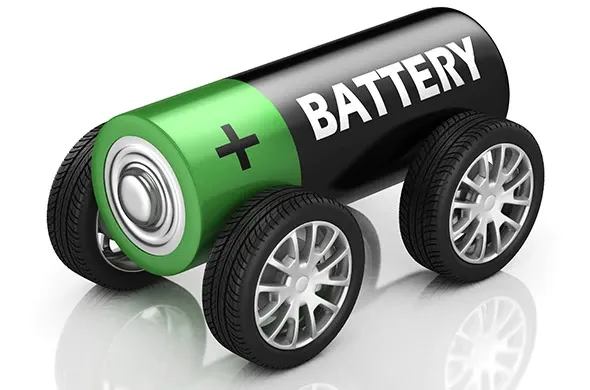Qualcomm Announces Snapdragon 8 Gen 5 Platform
Qualcomm added its latest smartphone platform to its premium-tier Snapdragon range.

Xiaomi recently presented a new solid-state battery technology. The company claims that it offers superior mechanical strength and stability by replacing liquid-state electrolytes with a solid-state electrolytes. In laboratory tests, the technology has achieved energy density exceeding 1000Wh/L, a 20% improvement in low-temperature discharge performance, and a significant increase in the pass rate of pinprick experiments.
The first major benefit of solid-state batteries is their increased energy density. Currently, the chemistry used to build batteries has been a major challenge for the industry, with increasing the energy density proving difficult. Theoretically, the ideal material for the negative electrode is lithium metal, as it has two to three times the storage capacity of current silicon-oxygen cathodes, resulting in a significant jump in battery energy density. To ensure the safety of these batteries, an inorganic diaphragm must be used to prevent lithium dendrites from penetrating and causing short circuits.
While the practical application of lithium metal negative electrodes remains difficult and not yet ready for mass production, laboratory tests have shown that solid-state batteries enable battery energy densities to exceed 1000Wh/L. On a modified Xiaomi 13, Xiaomi can pack a huge 6,000mAh capacity into its compact body, significantly prolonging its battery life using this technology.
Another major benefit of solid-state batteries is their improved performance at low temperatures. The liquid electrolyte in traditional batteries has a high viscosity at low temperatures, hindering the ability to transport lithium ions and resulting in a drastic 60% drop in lithium conductivity, which greatly impacts the battery performance in winter. By replacing the liquid electrolytes with a solid-state material, the battery maintains the necessary lithium conductivity even at low temperatures. The solid-state battery has demonstrated a 20%+ improvement in performance compared to regular batteries at -20°C.
While pinprick tests have traditionally yielded low passing rates for conventional non-solid state batteries, accidents such as short-circuiting and combustion can occur during these tests. These incidents arise when the positive current collector foil comes into contact with the active material at the negative end during the impact, resulting in a temperature rise in the battery that in turn increases the risk of combustion.
Solid-state batteries have seen remarkable improvements in their resistance to pinprick tests. By coating the positive electrode with a solid electrolyte ceramic, the solid electrolyte layer forms a downward curve to enclose the positive current collector fluid and separate it from the negative electrode. This blocks any contact between the positive and negative electrodes during the piercing, markedly increasing the pass rate of the pinprick test, and providing a higher level of safety in use.